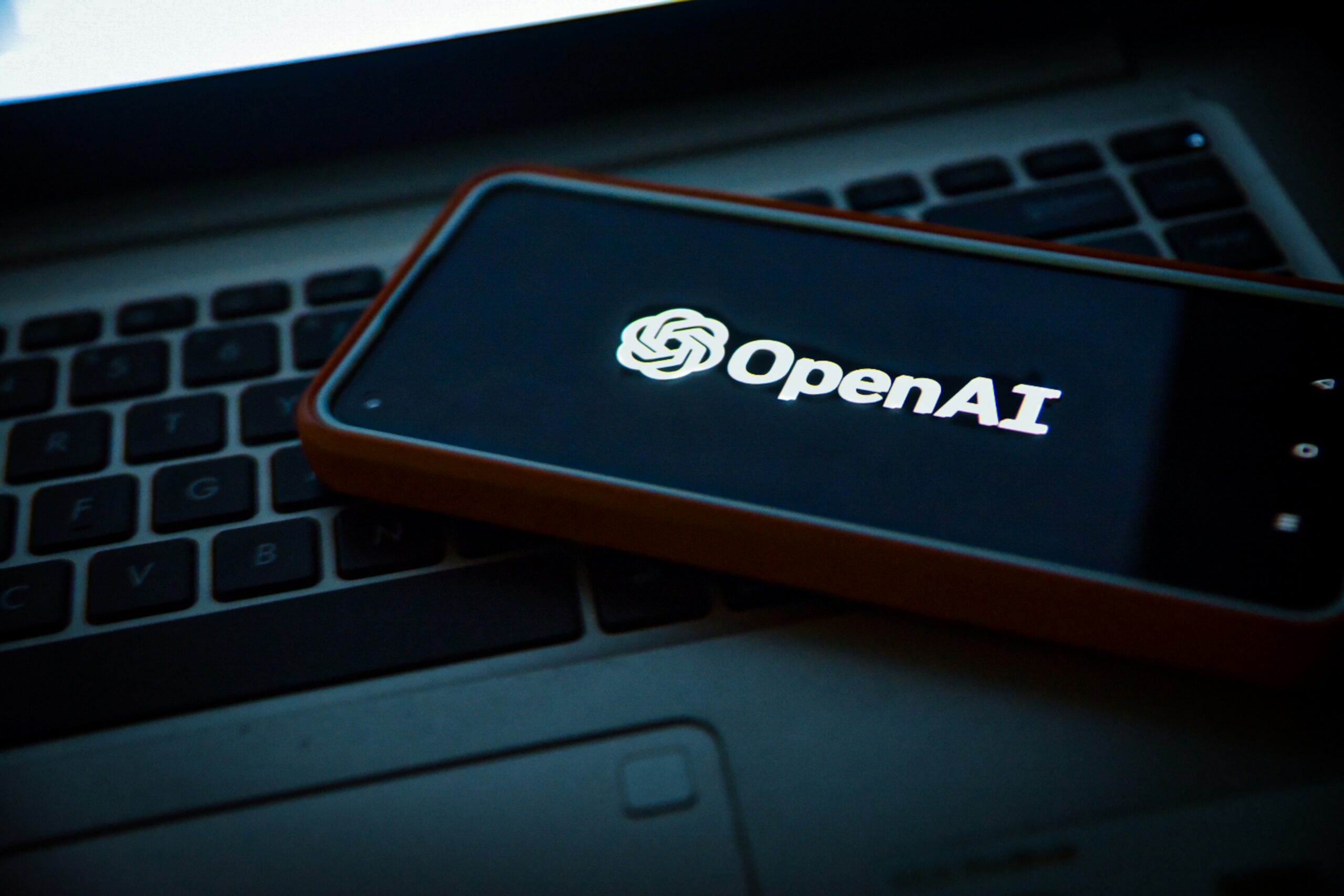OpenAI Launches GPT 4.1 That Excels at Coding

GPT 4.1 is OpenAI’s Cheaper and More Efficient Model
OpenAI debuts its GOT 4.1 flagship multimodal AI model. It is better in every sense than its predecessor GPT 4o and is available to developers along with two smaller model versions. The GPT 4.1 launch is the beginning of OpenAI’s plans to phase out the 2-year old GPT-4 model. GPT 4.1 kicks the GPT 5.0 launch further ahead and has been built with a 26% cost cut.
As OpenAI faces stiff competition from free and open-source alternatives like DeepSeek, it had to revamp its offering. GPT 4.1 is purpose-built for developers and will become available later this year. It will only be available via the API and not on ChatGPT, which will stay on GPT 4o but still offer an improved version.
Is GPT-4.1 free?
GPT 4.1 will also have two smaller models, GPT 4.1 mini and GOT 4,1 nano. They will outperform GPT 4o especially in coding. They also have larger context windows that can support up to 1 million tokens of context— the text, images, or videos included in a prompt. GPT 4.1 has been trained to be more reliable than GPT 4o and can differentiate between relevant text and irrelevant distractors across long and short contect lengths.
OpenAI has trained these models to provide real-world utility and they have been created with close collaboration with the developer community. The GPT 4.1 series is not free but it is 26% less expensive than GPT 4o and GPT 4.2 is OpenAI’s cheapest and fastest model ever. The GPT 4.1 model family offers exceptional performance at a lower cost and reduces latency by nearly half. There are also no additional fees for long context requests and an increased discount is available for cached inputs.
Will ChatGPT update to GPT 4.1?
ChatGPT will remain on GPT 4o but offer improved performance that is similar to GPT 4.1. Many of the improvements in sdtruction following, coding and intelligence have been incorporated into the latest version of GPT 4o. The ChatGPT model will be continuously updated with future releases and EP Sam Altman has announced that ChatGPT will get a major memory upgrade.
As Google Gemini and DeepSeek continue to catch up to ChatGPT, OpenAI is committed to ensure it remains at the top of its game before they surpass it. A gaggle of other firms are also in close pursuit and more are to be seen in the market as cost drops over time, open source increases and specialized models are built.
Conclusion
GPT‑4.1 is a significant step forward in the practical application of AI. By focusing closely on real-world developer needs—ranging from coding to instruction-following and long context understanding—these models unlock new possibilities for building intelligent systems and sophisticated agentic applications.
GPT-4.1 marks a major leap in AI efficiency and affordability, offering developers a powerful, cost-effective tool for coding and complex tasks. While ChatGPT remains on GPT-4o with enhanced capabilities, OpenAI’s latest models—GPT-4.1, mini, and nano—deliver superior performance, larger context windows, and reduced latency. As competition heats up, OpenAI continues to innovate, ensuring its leadership in the AI space. The future looks promising with even more advanced updates on the horizon.
About the Author: Sarah Zimmerman is a seasoned crypto and Web3 news writer passionate about uncovering the latest developments in the digital asset space. With years of hands-on experience covering blockchain innovations, cryptocurrency trends, and decentralized technologies, she strives to deliver insightful and balanced news that empowers her readers. Her work is dedicated to demystifying complex topics and keeping you informed about the ever-evolving world of technology.

Published on Other News Site



















